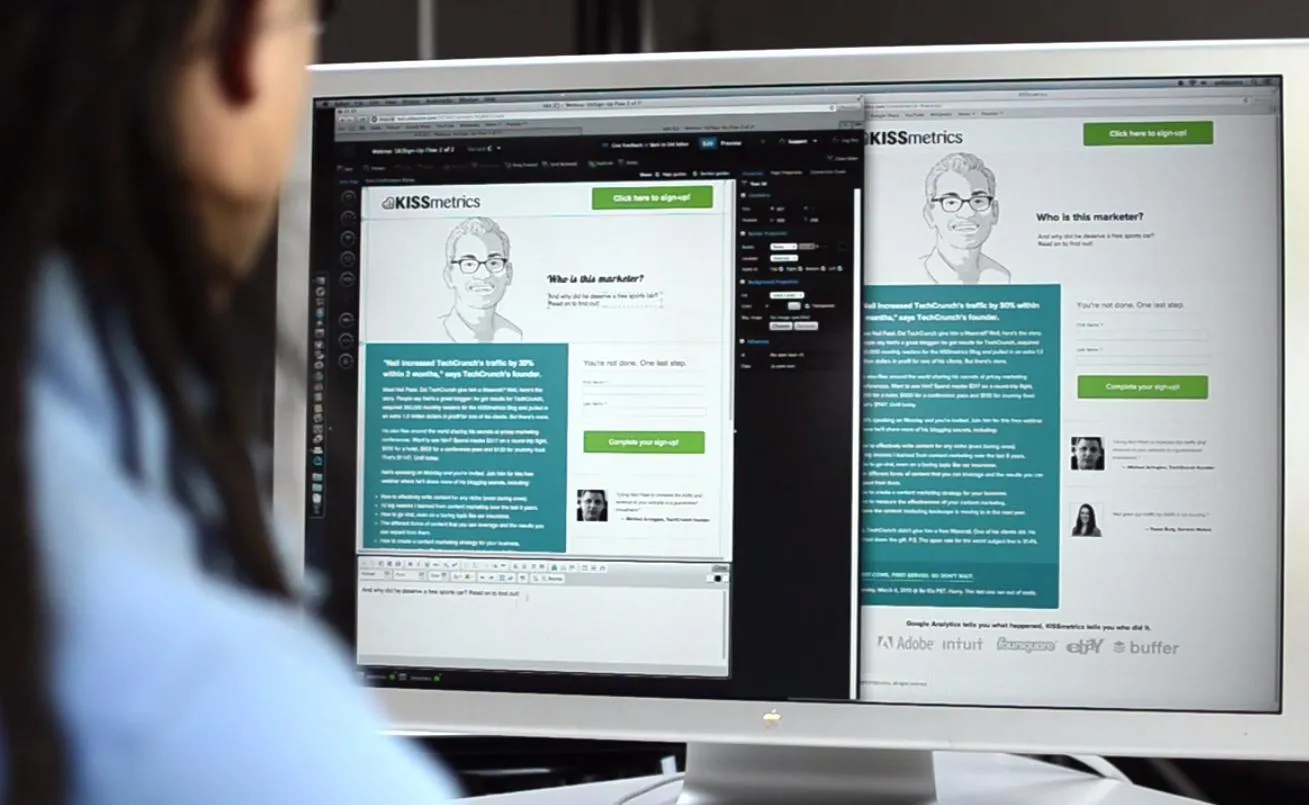In today's digital landscape, startups often face the challenge of maximizing their outreach while adhering to a strict budget. One of the most effective strategies for nurturing leads is through automated email campaigns. By leveraging automation tools, startups can stay connected with their audience without breaking the bank. In this article, we will explore how a startup can automate their nurture emails effectively and efficiently, even with limited resources.
Understanding the Importance of Nurture Emails
Nurture emails are essential for maintaining relationships with potential customers. They help build trust, provide valuable information, and ultimately drive conversions. By automating this process, startups can save time and ensure consistency in their messaging. Here's how a startup can implement an effective nurture email strategy:
Choosing the Right Automation Tool
The first step in automating nurture emails is selecting the right automation tool. There are several platforms available that cater to startups' budgets. Some popular options include:
| Tool | Key Features | Pricing |
|---|---|---|
| Mailchimp | Easy-to-use interface, customizable templates, A/B testing | Free tier available, paid plans starting at $10/month |
| Sendinblue | Email marketing and SMS, marketing automation, CRM | Free tier available, paid plans starting at $25/month |
| HubSpot | Comprehensive marketing tools, lead management, analytics | Free tier available, paid plans starting at $50/month |
When choosing a tool, startups should consider their specific needs, such as the size of their email list and the complexity of their campaigns. This ensures they select a platform that aligns with their budget and marketing goals.
Crafting Compelling Email Content
The content of nurture emails is crucial in engaging recipients. Startups should focus on delivering value through educational and informative content. Here are some tips for crafting compelling emails:
- Personalization: Use the recipient's name and tailor content based on their interests.
- Clear Call-to-Action (CTA): Ensure each email has a specific purpose, guiding recipients on what to do next.
- Visual Appeal: Incorporate images and a clean layout to enhance engagement.
For example, a startup focusing on eco-friendly products could send a series of nurture emails that include tips for sustainable living, product highlights, and exclusive discounts for subscribers.
Segmenting Your Audience
Segmenting your audience allows for more targeted and relevant messaging. Startups can categorize their email list based on various criteria, such as demographics, interests, and past interactions. This leads to higher engagement rates and better overall performance. Here’s an example of how segmentation can work:
| Segment | Characteristics | Email Content |
|---|---|---|
| New Subscribers | Recently joined the email list | Welcome email series, introductory offers |
| Engaged Users | Opened emails in the past month | Product recommendations, exclusive content |
| Inactive Users | No engagement in the last three months | Re-engagement campaigns, special discounts |
By segmenting your audience, startups can automate tailored messages that resonate with each group, improving the chances of conversion.
Scheduling and Frequency of Emails
Finding the right balance in email frequency is essential for keeping your audience engaged without overwhelming them. Startups should consider the following when scheduling their nurture emails:
- Consistency: Maintain a regular schedule to keep your brand top-of-mind.
- Timing: Test different days and times to identify when your audience is most responsive.
- Feedback: Monitor engagement metrics and adjust frequency based on audience preferences.
For instance, a bi-weekly email schedule may work best for a startup, providing enough time for recipients to engage without feeling bombarded.
Monitoring and Analyzing Performance
To ensure the effectiveness of automated nurture emails, startups must regularly monitor performance metrics. Key performance indicators (KPIs) to track include:
- Open Rates: Indicates how many recipients opened the email.
- Click-Through Rates (CTR): Measures the number of clicks on links within the email.
- Conversion Rates: Tracks how many recipients completed the desired action (e.g., making a purchase).
By analyzing these metrics, startups can identify what works and what doesn’t, allowing for continuous improvement in their email marketing strategy.
Conclusion
Automating nurture emails is a powerful strategy for startups operating on a tight budget. By choosing the right tools, crafting engaging content, segmenting audiences, scheduling wisely, and monitoring performance, startups can build meaningful relationships with their audience without incurring significant costs. Implementing these strategies will help startups drive engagement and ultimately increase conversions, paving the way for sustainable growth.
In summary, by focusing on automation, startups can effectively manage their email marketing efforts while maximizing the resources at hand. This approach not only enhances engagement but also contributes significantly to the overall success of the startup's marketing strategy.





